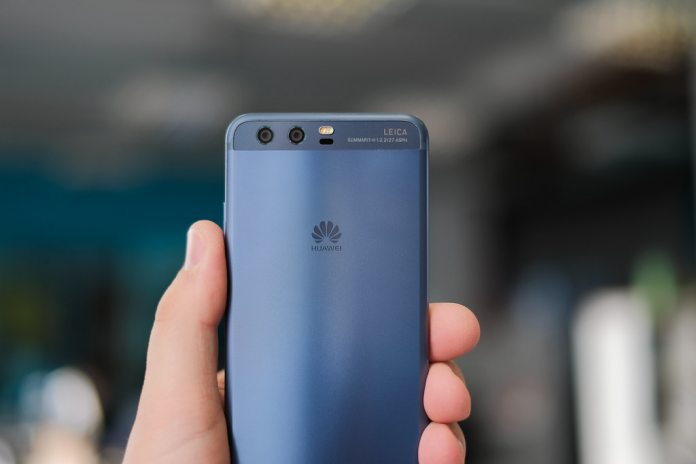The country initially added the company and 76 affiliates to its entity list after accusing it of knowingly causing the sale of goods to Iran without a license. Due to the list, US companies require a special license to trade with the company, but some, such as Intel, determined that some of their products weren’t subject to the ban, and resumed some shipments. Though placing Huawei on a U.S. blacklist cut off the sale of internal goods, it failed to prevent the company’s access to key foreign supply chains. The new expansion will allegedly give the country more power to block foreign shipments to Huawei. The proposal would give authorities more control over non-sensitive tech that’s made abroad with tech, components, or software of U.S. origin. Such a move is unlikely to be popular in the international community but is likely to prove more effective. Interestingly, the Trump Administration announced reprieves on the ban just last week, letting Microsoft roll out its software and issuing 74 other special licenses. It also extended Huawei’s temporary general license to enable the maintenance of rural network operators in the U.S. Implementing the new proposal would be a bit of about-face, but given the previous lack of success, not a completely unexpected one. Of course, there’s only so much the U.S. can do. While such a move would have a significant impact on Huawei and its supply chains, it could eventually find companies that don’t use U.S tech to fill the gap or continue to work on first-party solutions. Microsoft president and chief lawyer Brad Smith previously said the treatment of Huawei by the U.S. government has been “un-American”. Microsoft protested the tariffs alongside Nintendo and Sony. The recent reprieve for Huawei and Microsoft’s software sales is only valid for a period of 90-days, and this alleged proposal is unlikely to please the Redmond company should it come to fruition.




